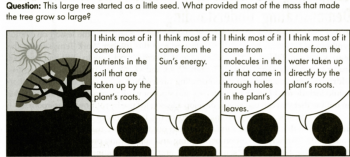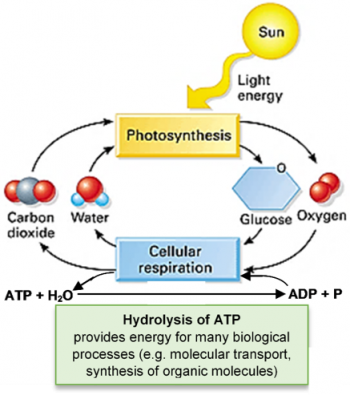Serendip is an independent site partnering with faculty at multiple colleges and universities around the world. Happy exploring!

- home
- education
- science
- Minds-on Activities for Teaching Biology
- Next Generation Science Standards
- Remote Ready Biology Activities
- NGSS Biology Activities
- Hands-On Activities for Teaching Biology
- Teaching Climate Change
- Science Education
- Summer Institutes for K-12 Teachers 1995-2010
- Brain & Behavior
- Biology
- Science & Culture
- Complex Systems
- digital humanities
- play
- one world
 © Serendip® 1994 - All rights reserved. Privacy Policy
© Serendip® 1994 - All rights reserved. Privacy Policy
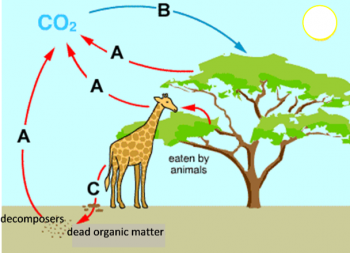
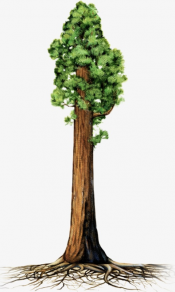
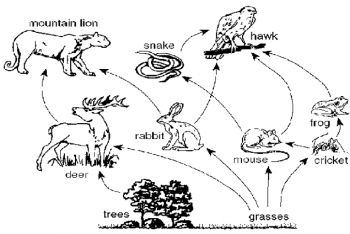
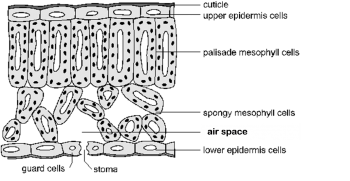 In the first part of this activity, students learn how to use the floating leaf disk method to measure the rate of net photosynthesis (i.e. the rate of photosynthesis minus the rate of cellular respiration). They use this method to show that net photosynthesis occurs in leaf disks in a solution of sodium bicarbonate, but not in water. Questions guide students in reviewing the relevant biology and analyzing and interpreting their results. In the second part of this activity, student groups develop hypotheses about factors that influence the rate of net photosynthesis, and then each student group designs and carries out an investigation to test the effects of one of these factors. (NGSS)
In the first part of this activity, students learn how to use the floating leaf disk method to measure the rate of net photosynthesis (i.e. the rate of photosynthesis minus the rate of cellular respiration). They use this method to show that net photosynthesis occurs in leaf disks in a solution of sodium bicarbonate, but not in water. Questions guide students in reviewing the relevant biology and analyzing and interpreting their results. In the second part of this activity, student groups develop hypotheses about factors that influence the rate of net photosynthesis, and then each student group designs and carries out an investigation to test the effects of one of these factors. (NGSS)
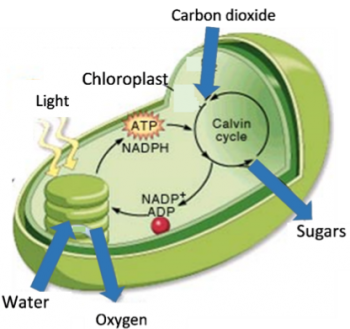 In this analysis and discussion activity, students develop their understanding of photosynthesis by answering questions about three different models of photosynthesis.
In this analysis and discussion activity, students develop their understanding of photosynthesis by answering questions about three different models of photosynthesis.
